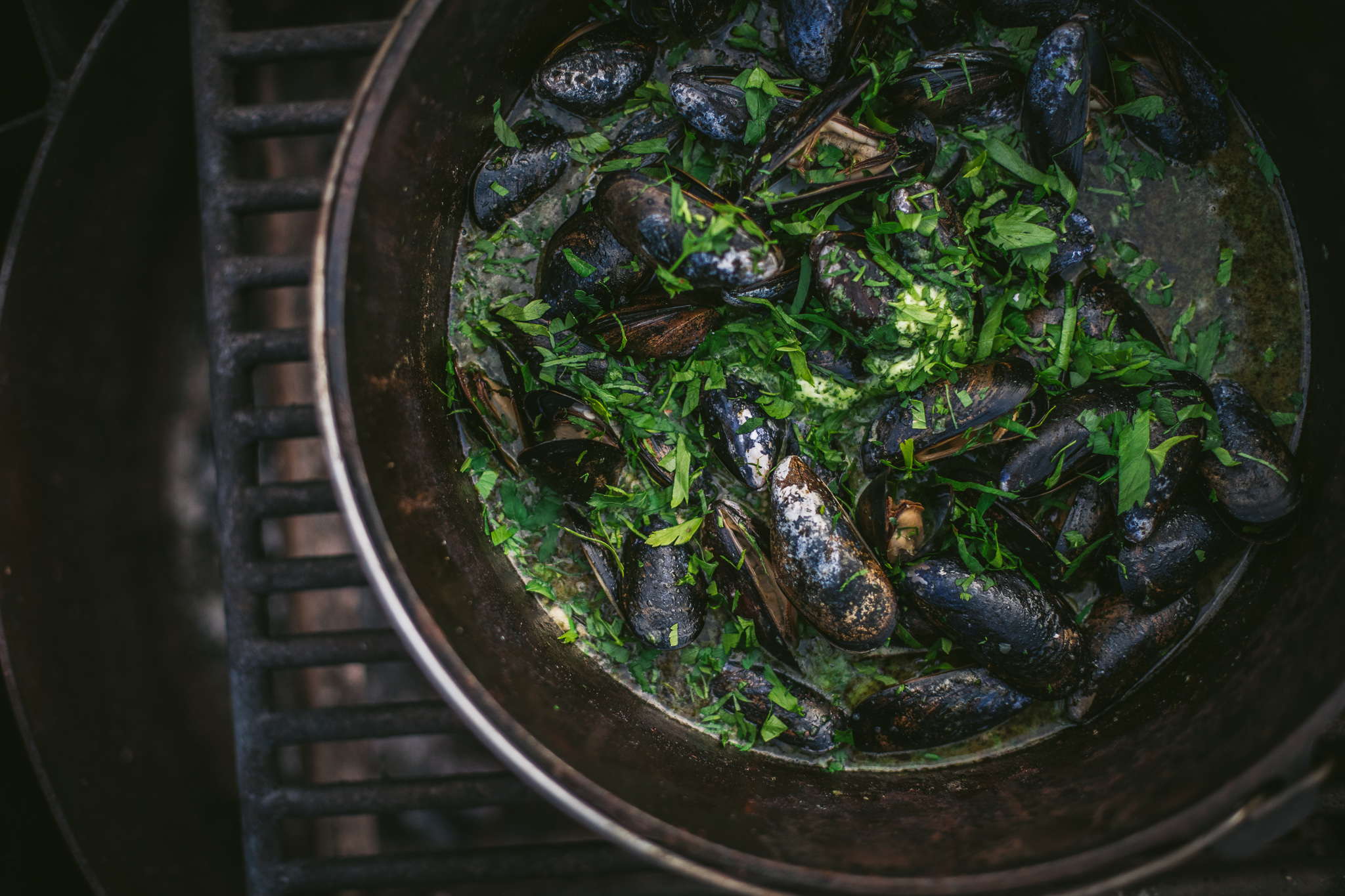
Open Fire Cooking With Do or Dine Catering | San Onofre, California
There’s nothing new about cooking over an open flame—humanity has been doing it for thousands of years—but right now, it feels revolutionary. Maybe it’s the pull toward simpler pleasures, or the satisfaction of stripping away stainless steel and electric burners in favor of wood, smoke, and sparks. Whatever the reason, open-fire cooking is having a moment. And it’s setting the bar higher than ever for chefs, home cooks, and anyone willing to trade convenience for a little adventure.
An outdoor kitchen is a stage with no curtain—just you, the fire, and whatever the day’s weather decides to throw your way. It’s raw. It’s unpredictable. It’s the kind of cooking that keeps you on your toes and rewards you in ways no perfectly controlled kitchen ever could. At its best, it’s not just a meal—it’s a memory.
Live-fire cooking is the purest way to command heat—while surrendering to its unpredictability. The flame is both tool and ingredient, imparting layers of smoke, char, and deep umami that no other method can replicate. It’s a practice rooted in centuries of tradition, drawing techniques from across the globe: the slow ember-roasting of Norway, the earthy smoke pits of Africa, the asado fires of South America, the comales of Mexico, the tandoors of India. These are methods born of necessity, refined over generations, and still alive in kitchens without walls.
Not so long ago, they were the norm. In the 1900s, meals simmered in hearths and sizzled on cast-iron stoves. It’s only been about 160 years since the gas range made its way into everyday homes, replacing flame with metal coils and pilot lights. Now, in a curious full circle, chefs everywhere are reclaiming those primal techniques—merging them with modern precision to create something entirely their own.
At its heart, open-fire cooking rests on five foundations: direct heat, boiling, frying, grilling, and roasting. Once passed down quietly from cook to cook, these skills are now on full display—thanks to the rise of food television and social media. Think Anthony Bourdain’s travels, Chef’s Table with Francis Mallmann, or the new wave of outdoor chefs inviting millions into their kitchens under the sky. The everyday cook can now learn to tame the flame from their own backyard, watching in real time as ancient traditions meet contemporary creativity.
Cooking this way slows you down. It asks you to pay attention—to the hiss of fat hitting coals, the way smoke curls and clings, the shift in heat as embers fade. It’s not just about the meal; it’s about the process, the wilderness around you, and the way fire turns raw ingredients into something soulful. In the end, it’s a way of life—one that invites you to step back, breathe deeply, and taste the story in every smoky bite.
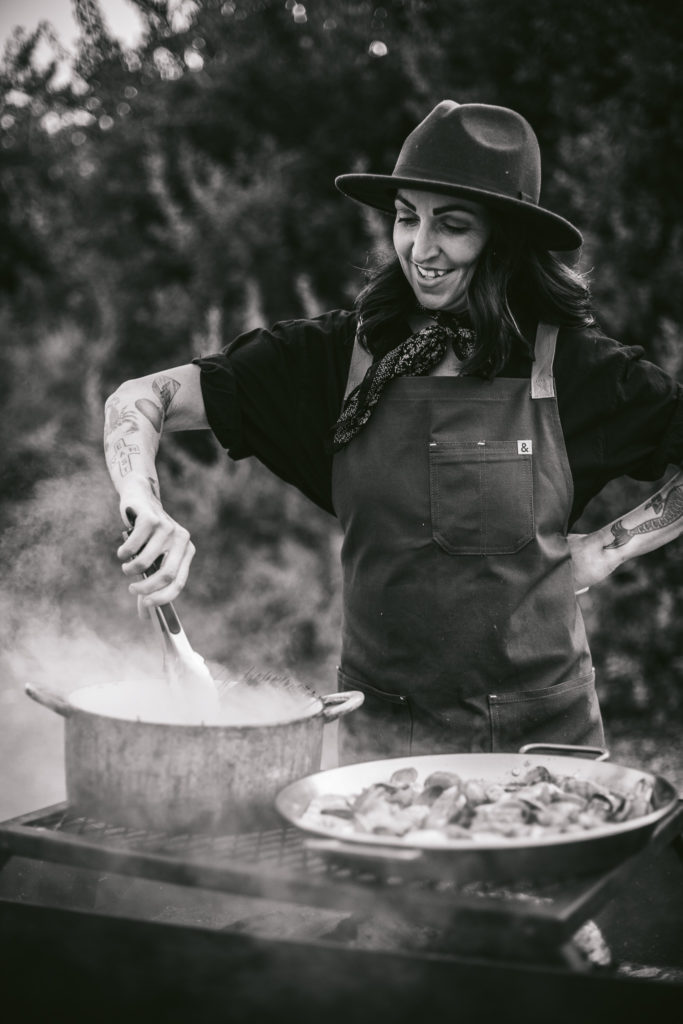
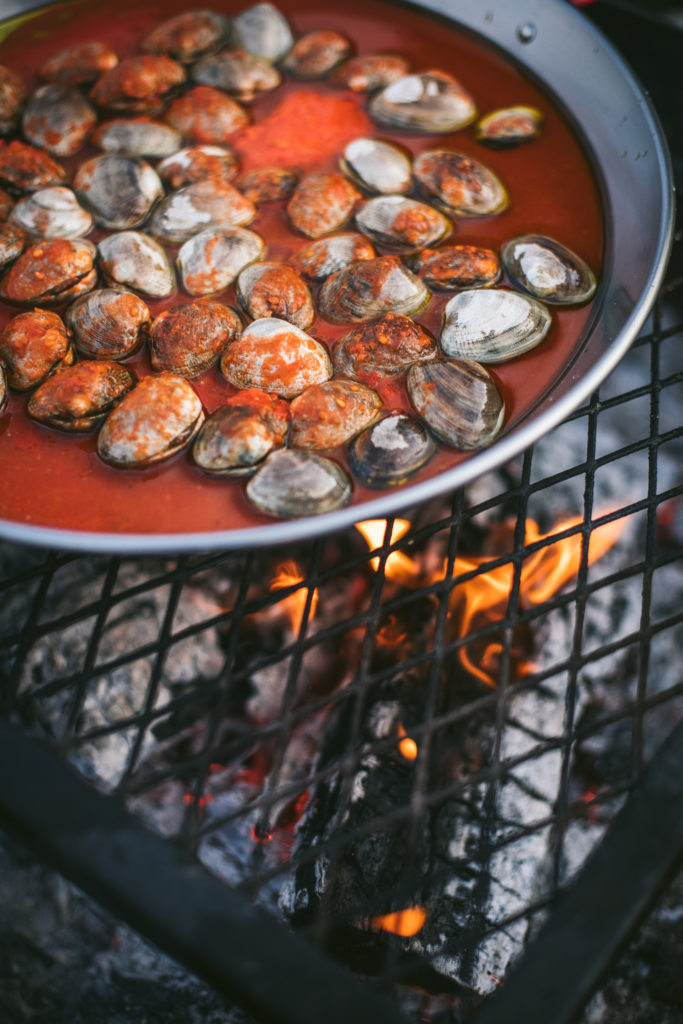
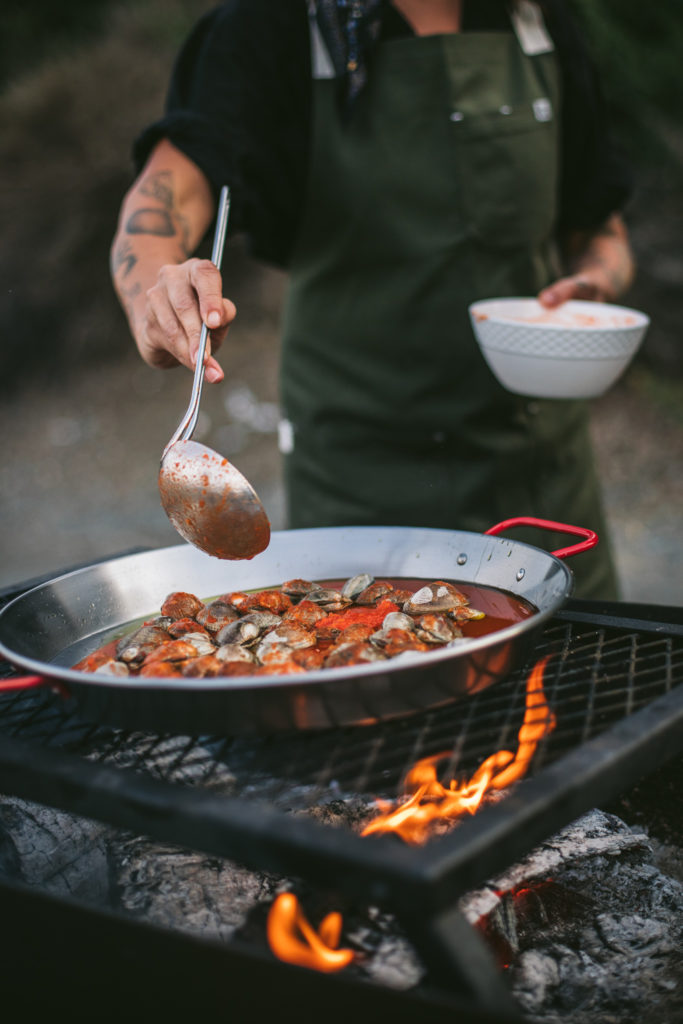
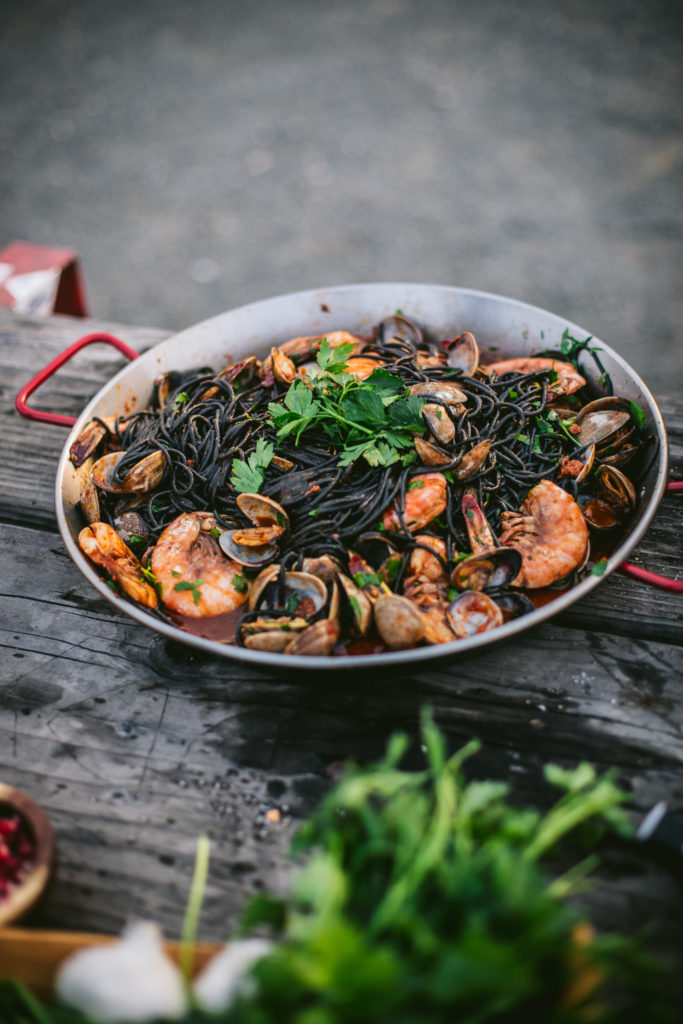
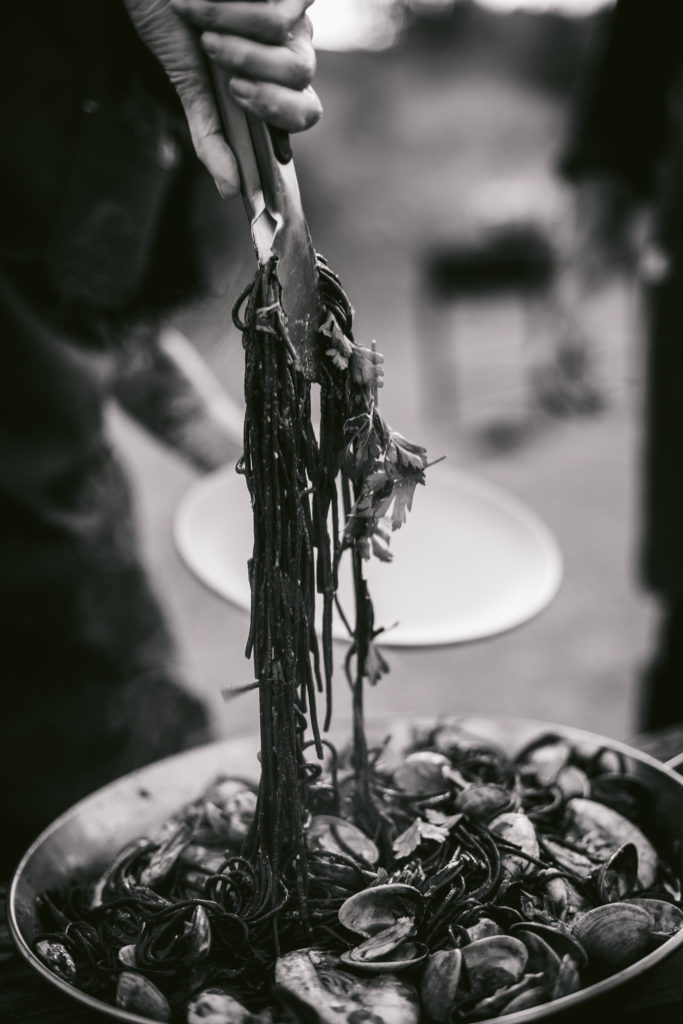

Until fairly recently, outdoor cooking was stripped-down and utilitarian—dictated by what you could carry, what would keep, and what could withstand the elements. Meals were more about sustenance than spectacle.
That’s no longer the case. Today, a new wave of chefs is hauling custom-built equipment into wild places, unpacking gourmet ingredients onto makeshift counters, and setting the dining table right in the middle of the field. They’re taking centuries-old nomadic techniques, infusing them with their own obsessive passion, and redefining what it means to eat outdoors at the highest level.
My friends at Do or Dine Catering are masters of this elevated wilderness dining. Self-taught yet deeply experienced, Chef Nicoletta Grippo and Daniel Hurlehy have built something extraordinary—a marriage of Italian tradition, modern extravagance, and the primal simplicity of cooking over open flame.
Their approach is equal parts craft and ingenuity. In an age where custom grills can be designed to exact specifications, Nicoletta and Daniel have gone a step further, creating tools that match their vision dish for dish. Their custom-made plancha—a three-tiered BBQ that’s as rugged as it is refined—can roast vegetables, boil pasta water, bake eggs in cast iron, sear meats, and finish dishes to perfection. It’s a workhorse and a showpiece all in one.
Today, they leaned on a hearth and mesh surface to roast oysters until their shells hissed open, and rigged a makeshift tree-branch rotisserie to hang wheels of Caciocavallo cheese. When it was ready, they sliced it hot, laid it over crusty bread, drizzled it with honey, and dusted it with chili flakes. The result? Utterly life-changing.
Cooking in the wilderness demands quick thinking—because something will inevitably go off-script. That’s why this kind of equipment is built to be virtually indestructible. It’s functional, it’s adaptable, and it puts on a show. It’s no wonder restaurants are leaning into open-kitchen designs—there’s magic in seeing the flame, hearing the sizzle, and watching a meal come alive in front of you.
Today’s table is set in the untamed beauty of San Onofre. Here, the coastline feels wild, almost unruly—windswept brush and rugged cliffs giving way to beaches so pristine they look like they’ve been lifted from a postcard. We pitched camp at a spot we’d scouted a week earlier, a place where the fire pit sits just steps from the trail to the bluffs. Truthfully, any site here could have worked—each one offers a pit, a slice of the horizon, and the simple luxury of cooking with the sea at your back.
In this story, we’ve wandered through the history of cooking over flame, met the chefs stoking the movement, and uncovered what makes fire itself such a transformative ingredient. At the end, you’ll find a full list of today’s vendors and ingredients. And if you’re tempted to try it for yourself, there’s even a way to book a private open-fire cooking experience of your own.
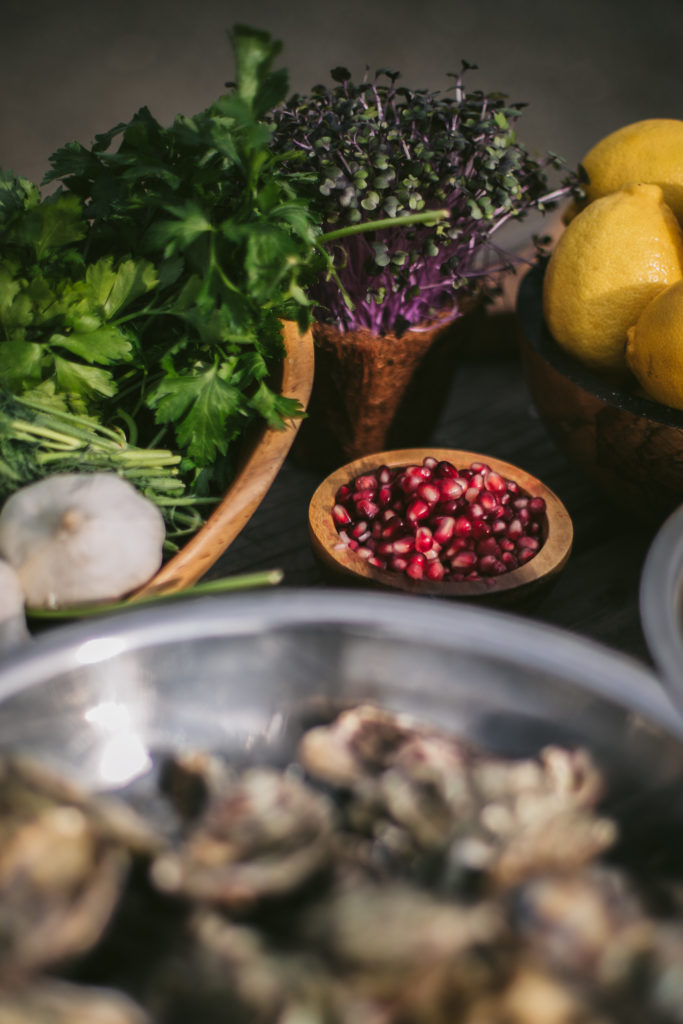
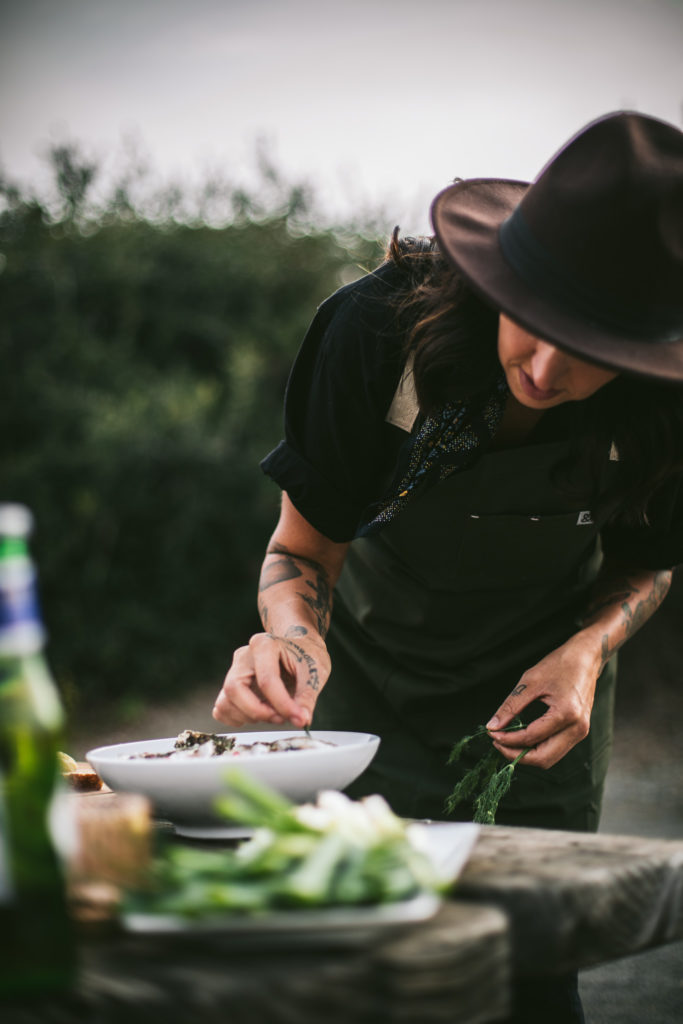
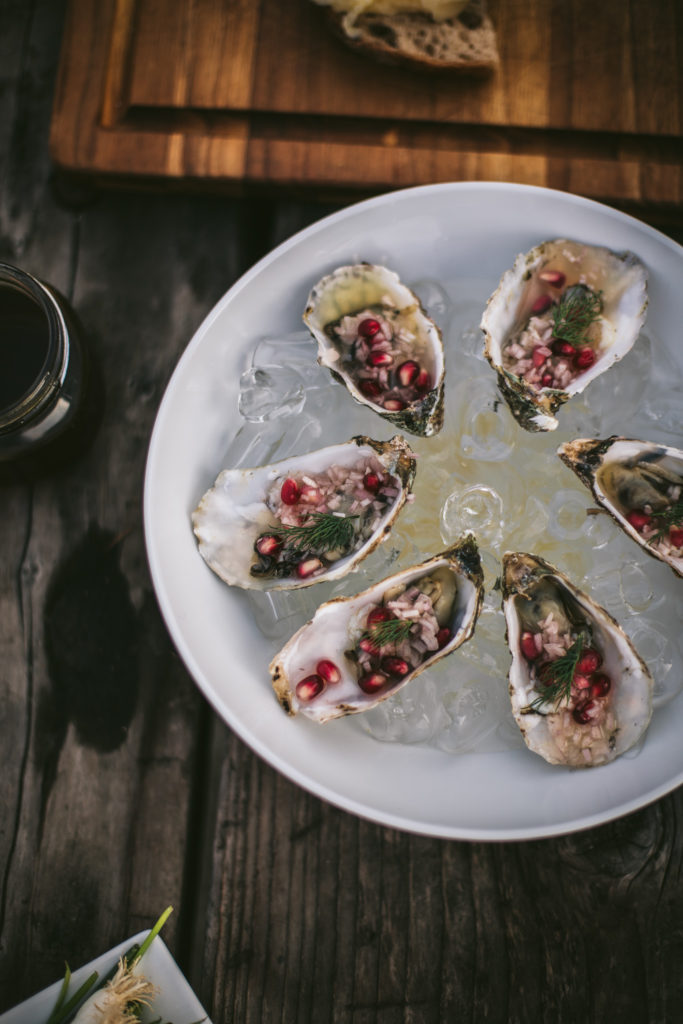
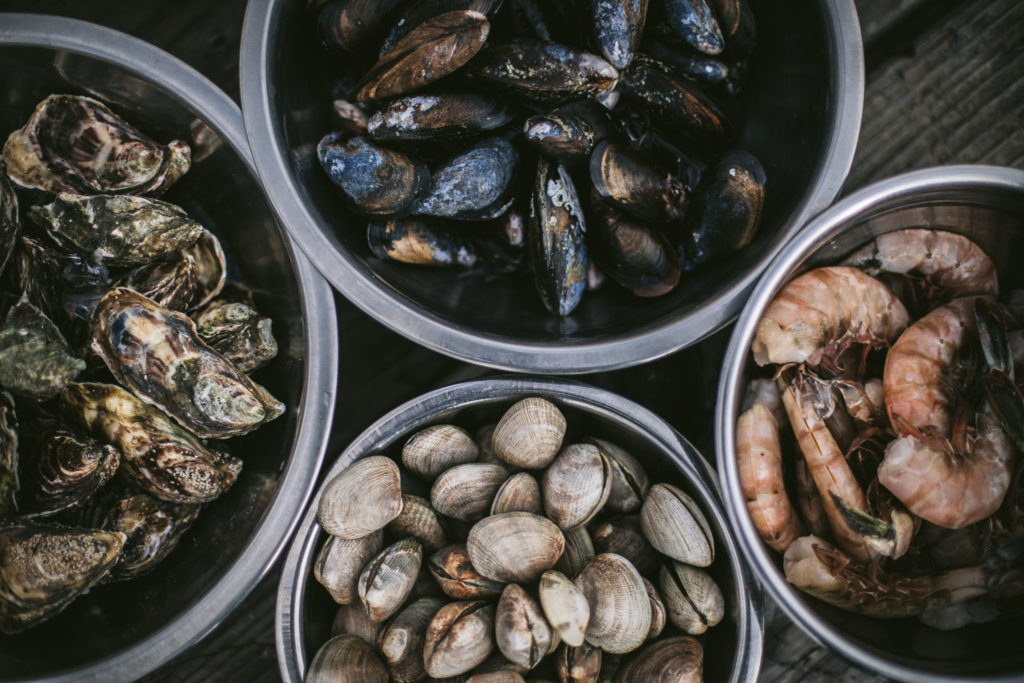
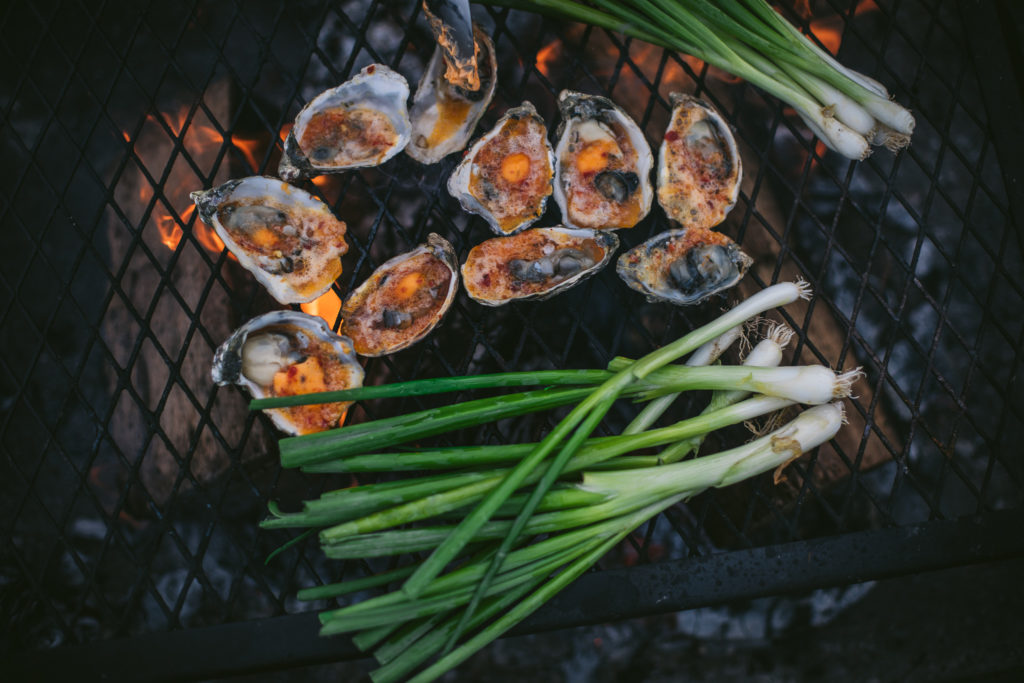
Cooking With Local & Fresh Ingredients
Chefs today prize natural ingredients and back-to-your-roots techniques more than ever. With so much love going into local, fresh ingredients and wood, the most natural ingredient on earth, open fire cooking only improves most dishes.
The menu today sourced ingredients from several local farms and companies: Smitts Farms, JR Organics, Prager Brothers, Catalina Offshore, and Temecula Olive Oil. You can find links to each of them at the end of the post.
Local Oysters // Pomegranante // Prosecco Mignonette
Grilled Oysters // Calabrian Chilo // Garlic Breadcrumbs
Caciocavallo // Local Honey // Chilli Flakes // Crostini
Fire Roasted Beets // Buffalo Milk Buratta // basil Microgreens
Steamed Mussles // Herb Butter // Peroni // Crostini
Nero Di Seppia Pasta // Prawns // Scallops // N’Duja // Pomodoro
If you are curious about the specifics and are looking for a recipe, please get in touch and say hello to Nicoletta and Danny. You will find a link to their website below. Honestly, whether it be bare bones and limited resources, or they have every perfect ingredient at their fingertip, you want to be sitting at their table.
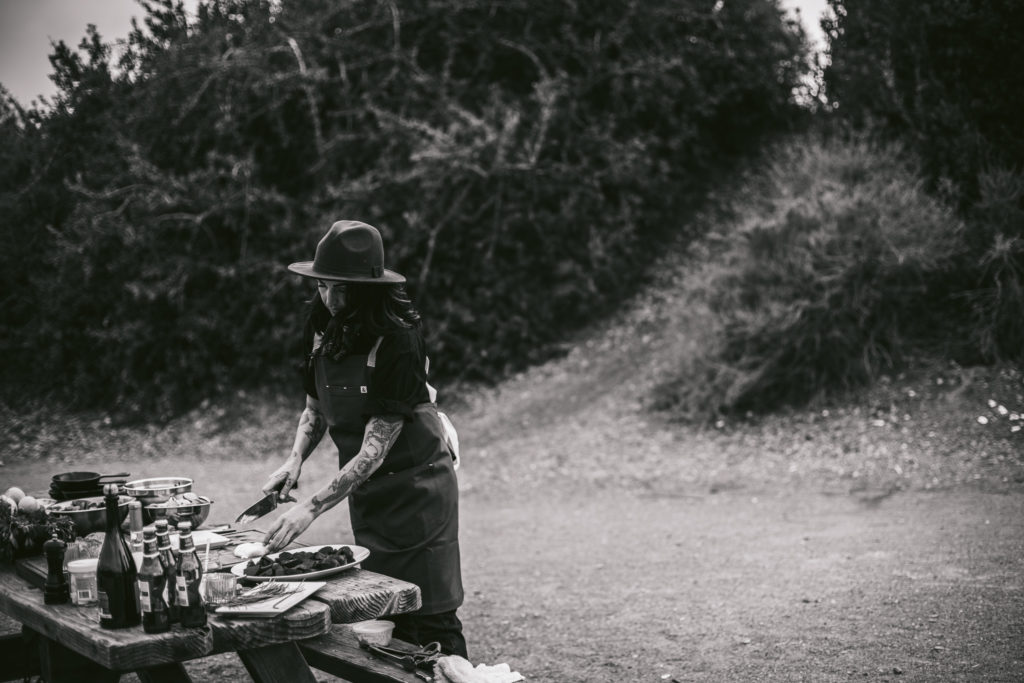
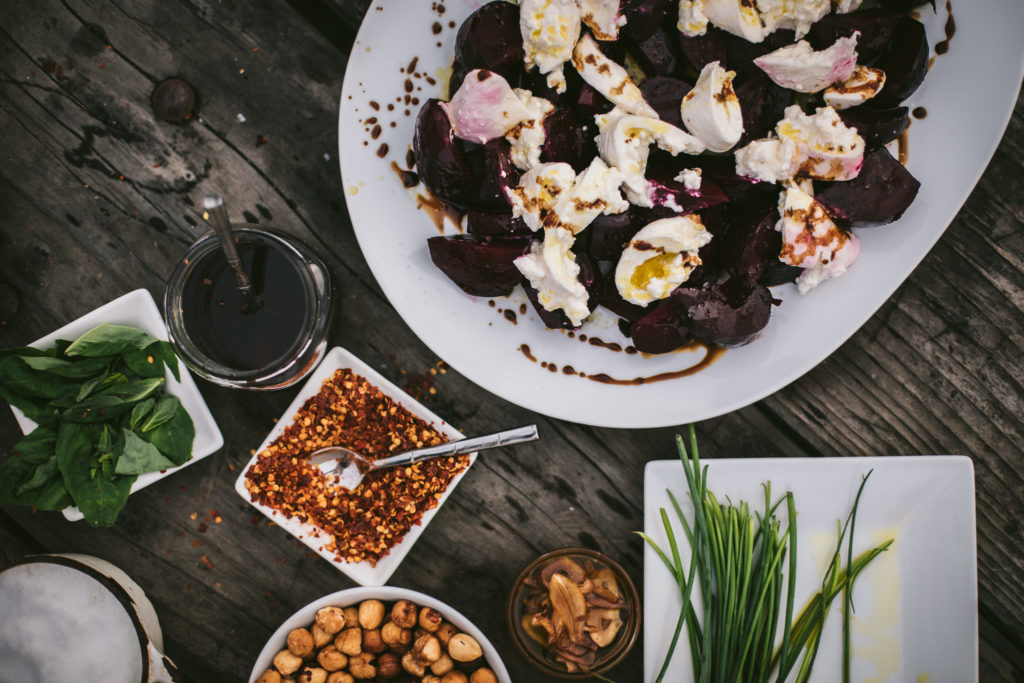
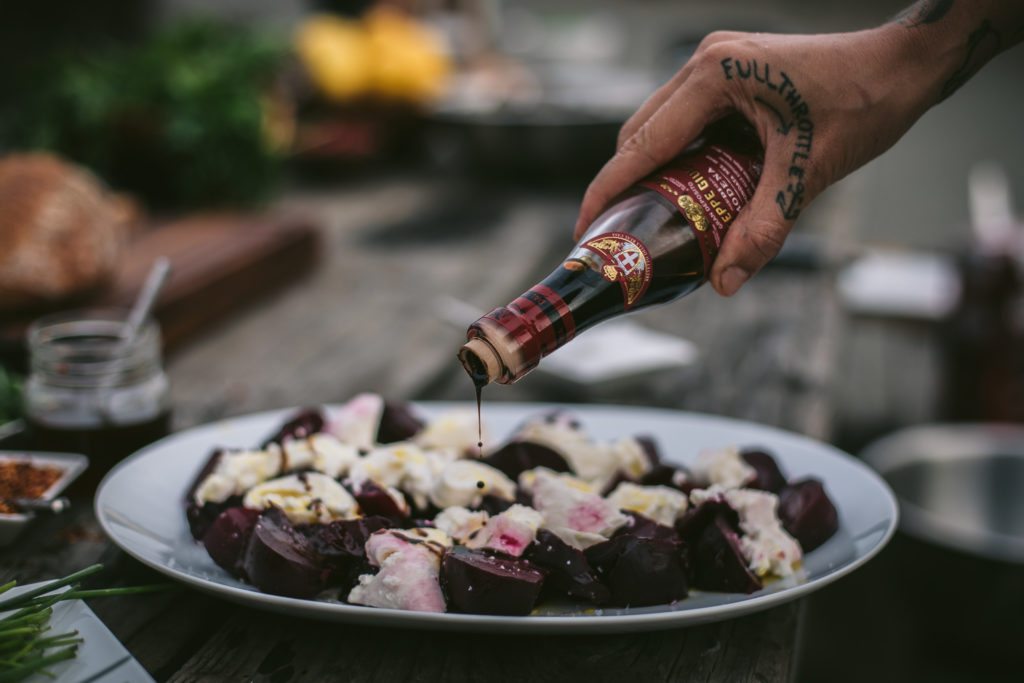
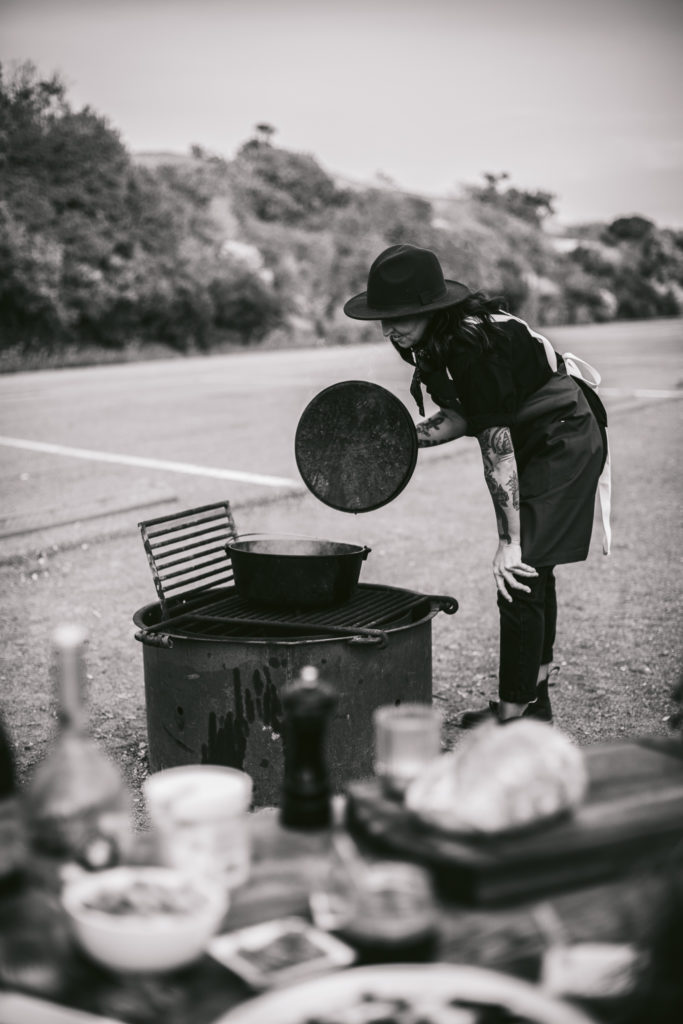
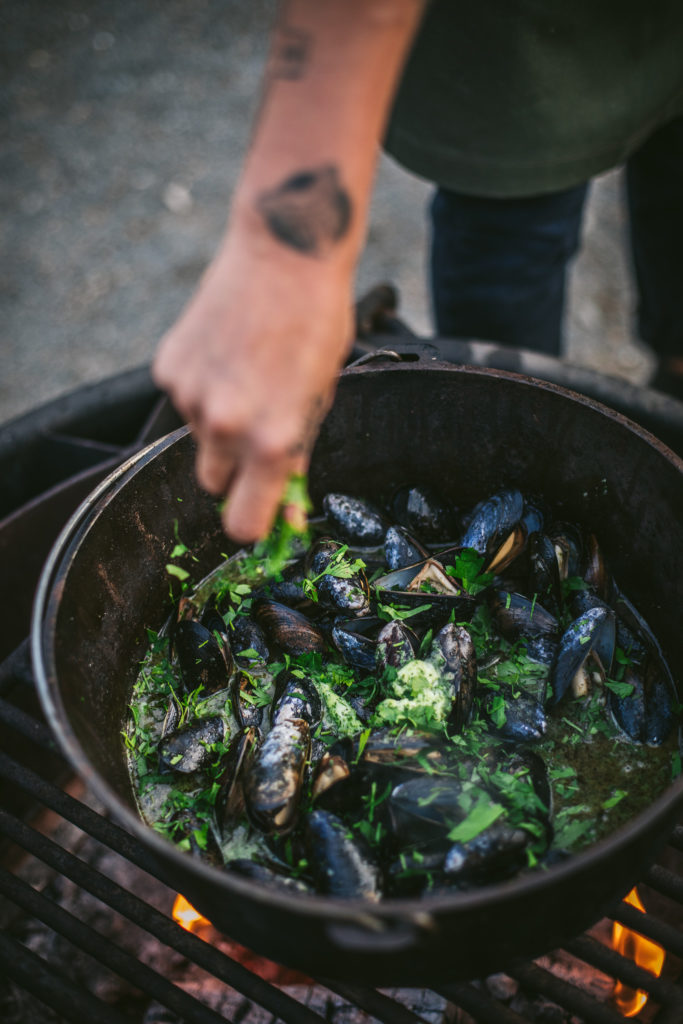
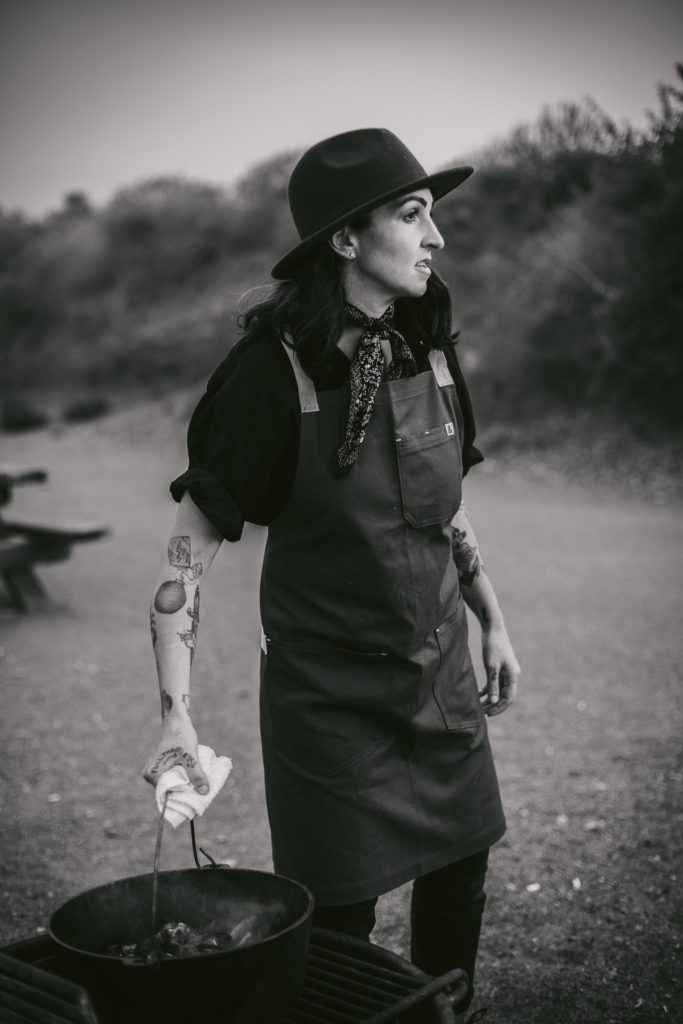
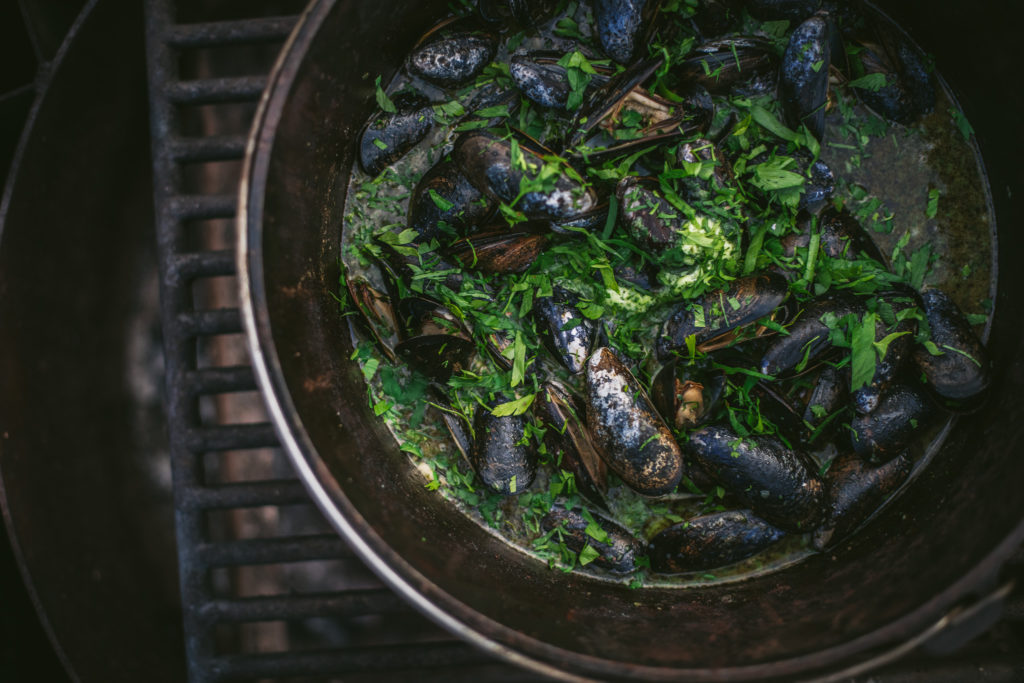
Work With These Amazing Artists & Vendors
Photography // Teresa LoJacono
Food // Do or Dine Catering
Coordination & Design // Peaches 2 Poppies
Floral // Flower Frenzy
Cocktails // The Boundless Bar
Tabletop // Hostess Haven
Rentals // Witty Rentals
Ingredients:
Oilive Oil // Temecula Olive Oil
Oysters, Clams & Mussles // Catallina Offshore
Pasta // Rustichella D’abruzzo
Cast Irons // Lodge
Proseco // Amano
Rose // Miraval
Beer // Peroni
Bread // Prager Brothers
Cheese // Caciocavallo
Balsamic // Giuseppe Giusti Di Modena
Salt // Diamond Crystal & Jacobsen Salt Co.
Honey & Pomegranate // Smit Farms
Produce // JR Organics
Knives // Global
Aprons // Hedley & Bennett

My photography is a blend of art, experience, and instinct—a little bit of this, a little bit of that.
For over 15 years, I’ve been immersed in the world of photography. It all started when I was 18 and stepped into a darkroom for the first time. That moment sparked a lifelong obsession with capturing the world through my lens. It eventually lead me to the fine art space, collaborating with artists, managing studios, and working alongside galleries and museums.
Through years of studying art and photography—both in undergraduate and graduate school—my aesthetic evolved under the influence of critical theory and contemporary art. I found myself drawn to the intersection of traditional documentary photography and spontaneous, unfiltered moments of real life. My goal is to create images that are raw, honest, and deeply human.
Travel plays a huge role in my creative process. I find inspiration in the unfamiliar—letting light, movement, and emotion guide my eye. Photography is my way of making sense of the world, turning fleeting moments into lasting stories. With a camera in hand, everything becomes a canvas and a chance to reveal the unexpected.